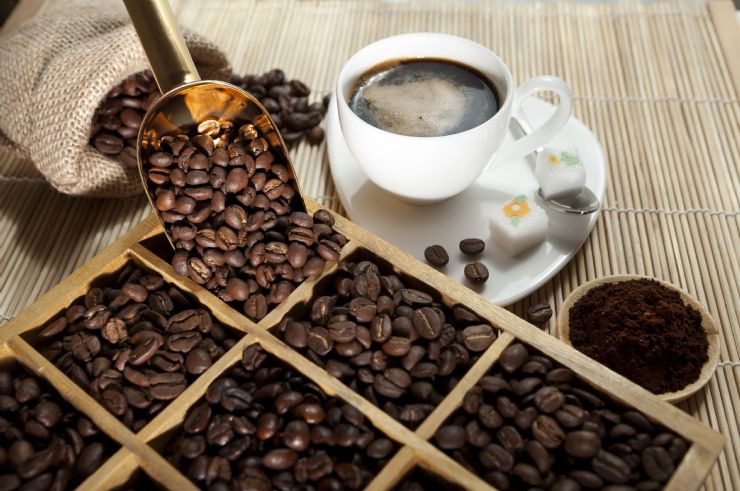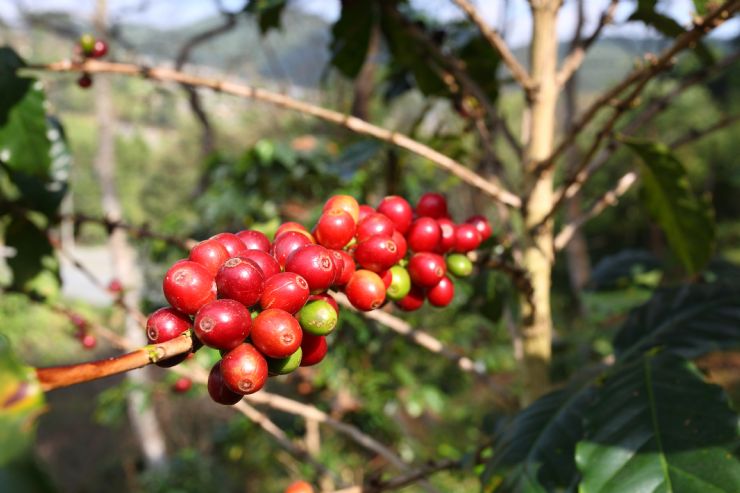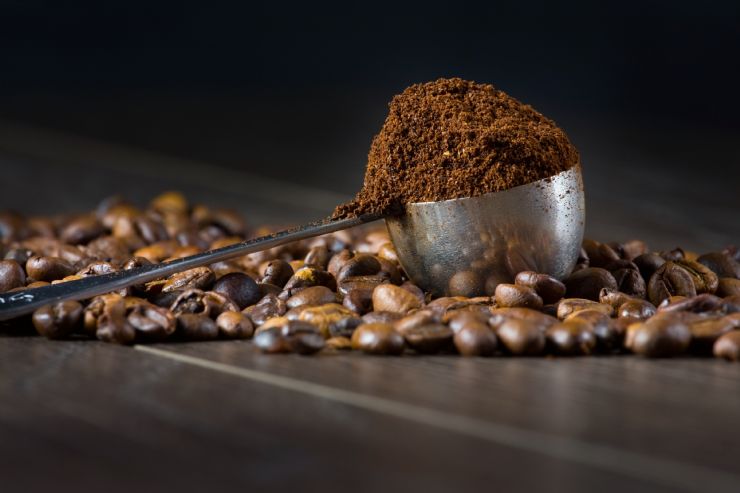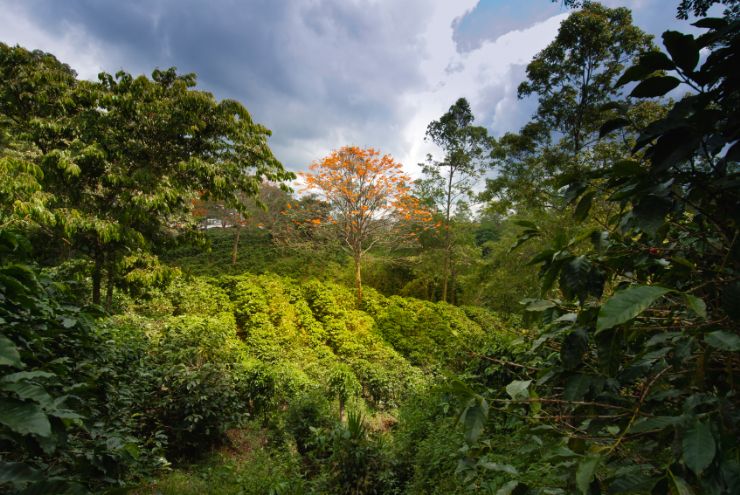
Tasting coffee by experts before selling it
Since 1908, the Vargas family has been growing Costa Rican coffee on the Doka Coffee Plantation in Sabanilla de Alajuela. This estate produces some of the highest quality coffee in the country along the slopes of the Alajuela Poas Volcano National Park. Because of the fertile soil, perfect altitude and ideal climate, the Vargas family is able to produce eight different blends of coffee. This plantation uses a century-old water mill from England that powers the plantation, and the Costa Rican government designated it as a historical and architectural heritage site.
My little body can't actually handle coffee - I get too hoppy - but I have made my way through this plantation before and it's quite beautiful! They'll show you the entire process of how the coffee is harvested and turned into a rich cup of Joe.

Red Coffee Beans in Naranjo
7 Days / 6 Nights
Starting at $779 per person
How the seed gets to the cup
One of the most interesting parts about visiting the Doka Coffee Plantation is experiencing the process that happens on this plantation to turn the plant into a scrumptious blend of coffee! And the Vargas family loves sharing this process with its guests, because one of their main objectives is to inform the local and international population about production, harvesting and roasting. An expert at the plantation will give you an inside look at what goes into it, and how the climate and altitude affects the blends.
You'll first visit the seedbed where you'll get to learn about the development process of the plant up until the recollection of the grain when it becomes ripe enough to pick. I followed along on a tour once, and this is where I learned the history of the coffee plantation and its owners, as well as the production process as the different varieties of plants used here. Guides will explain the traditional ways of cultivating the grains.
The next part of the tour was probably my favorite, because I learned this is the oldest humid coffee processing plant, which was declared an Architectural Heritage for Humanity site in 2003. It works by hydraulic power! You'll first see the classification of the grains and the process of de-pulping first and second quality coffee in the grinders.

Ground and coffee beans
Did you know that coffee beans have honey in them? During the next step of the process you see the natural honey of the grain cut in the fermentation tanks, and this is what impacts the taste of the coffee in Costa Rica. Afterwards, the coffee is dried out either on the patios under the sun or in the Guardiola, which is a coffee-drying machine.
Are you craving a cup of coffee yet? I almost gave into temptation when the tour ended up at the roasting plant, Café Tres Generaciones. The tour guides give you an overview of the different types of roasts that are featured at the plantation, and you can decide what kind of coffee you may want to purchase in the gift shop! It's hard to resist not purchasing all of them! It all smells so delicious, and since the Alajuela Doka Estate has received several accolades over the years as best coffee estate - you know you're getting the best of the best.
Taste the difference
Like I said, I don't drink coffee, but a frog can dream, right? After the coffee tasting, the people always seem so happy, and maybe it's a caffeine buzz, but I think it's the delicious taste. The plantation produces eight blends - Peaberry Estate, French Roast, European Roast, Espresso Roast, House Blend, Breakfast Blend, Decaf, and Organic. Just try and pick your favorite!

Coffee plantation

